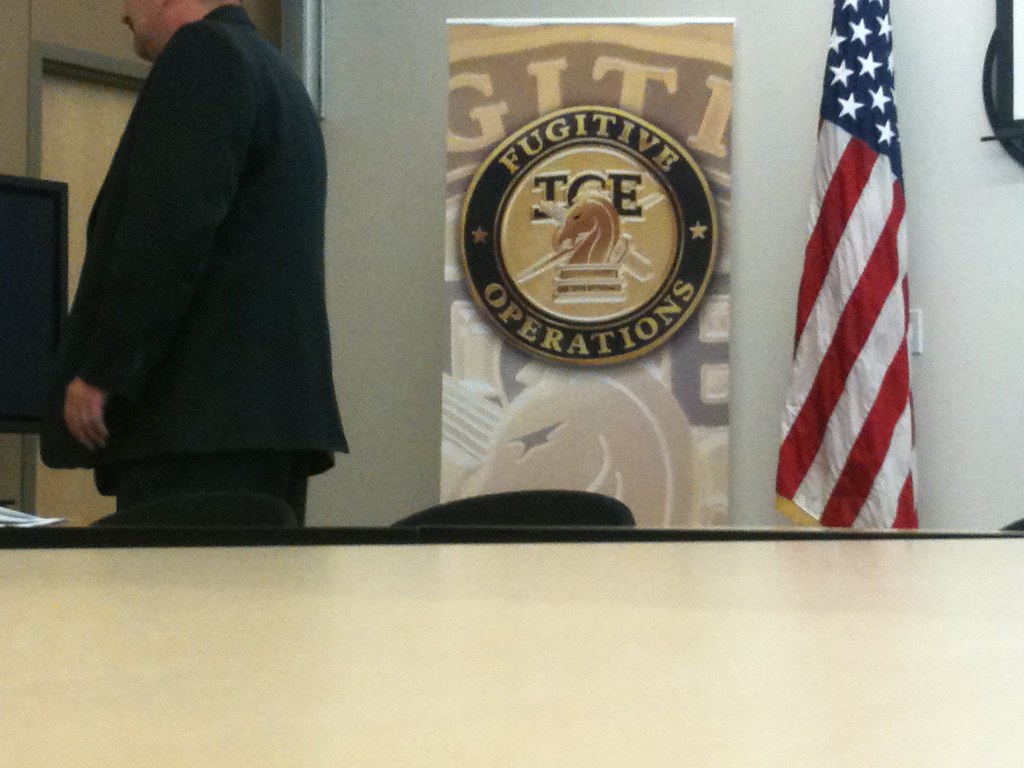Key Takeaways
• New body camera footage questions the official ICE shooting story.
• DHS said an agent faced serious injuries, but video shows minor scrapes.
• Local videos originally suggested an agent grabbed the driver’s window.
• Illinois leaders and rights groups demand a full independent probe.
• ICE agents on scene had no body cameras after a policy change.
Body Camera Footage Reveals Conflicting ICE Account
Local police released body camera footage Monday that casts doubt on the official account of an ICE agent’s fatal shooting of Silverio Villegas-Gonzalez. The 38-year-old father of two died on September 12 during a traffic stop in Franklin Park, Illinois. The Department of Homeland Security said he drove toward agents, dragging one before the officer fired. Yet the newly released video suggests a different story.
Overview of the Traffic Stop
On that September morning, ICE agents pulled over Villegas-Gonzalez’s car. DHS claimed he refused orders and accelerated into officers. One agent was said to have been hit and dragged a distance. Officials argued the agent feared for his life and used lethal force.
Early Doubts from Local Videos
Before the body camera footage emerged, clips from nearby businesses raised questions. They showed Villegas-Gonzalez trying to reverse out of a parking spot. As he backed up, an agent reached inside his window frame. That action led to a brief struggle. These videos did not match the DHS version of events.
Why Body Camera Footage Matters
Body camera footage offers a clear, unbiased view of events as they unfold. It can confirm or challenge claims made by officials. In this case, it reveals the true nature of the agent’s injuries. This transparency helps build trust in law enforcement and ensures accountability.
New Details from Police Footage
The police officer’s body camera recording shows the injured ICE agent standing calmly after the shooting. He wears normal jeans with a single tear over the knee. The agent described his harm as “nothing major.” His partner, on the radio, noted only a scraped knee and some cuts on the hands. Later, the agent said he was just “shaken up a little.” These details directly conflict with DHS’s statement that the agent suffered “multiple injuries” and was “seriously injured.”
Calls for Independent Investigation
After the footage release, Illinois Governor JB Pritzker demanded an independent investigation. Human Rights Watch and other advocacy groups also pressed for outside oversight. They point out that ICE agents at the scene had no body cameras. The Trump administration ended a policy that once required them. Critics say this lack of footage hinders the search for the truth.
Reaction from Lawmakers
Democratic Representative Delia Ramirez of Chicago reacted strongly to the video. She accused DHS of lying about the shooting. On social media, she called for all camera footage to be released. She wants Secretary of Homeland Security Deb Haaland to testify on the incident. Ramirez insists on a “full, thorough investigation” to uncover what really happened that morning.
The Role of Body Cameras in Law Enforcement
Body cameras aim to protect both civilians and officers. They record interactions, reduce false claims, and encourage proper conduct. Yet ICE agents in many field operations still do not wear them. That gap allows disputes over key events without clear evidence. If all agents used body camera equipment, this case might have been resolved sooner.
Legal Standards for Lethal Force
Under federal guidelines, officers can use deadly force only if someone faces an imminent risk of death or severe injury. Human Rights Watch stresses this rule. In this shooting, the question remains: did Villegas-Gonzalez pose such a threat? The body camera footage lends weight to doubts about that claim.
Community Impact and Calls for Change
Franklin Park residents now watch local board meetings for updates. Civil rights advocates urge lawmakers to restore mandatory body cameras for ICE. They believe transparency will reduce unnecessary violence. Meanwhile, Villegas-Gonzalez’s family demands justice and answers. They hope the footage spurs real reform in immigration enforcement.
What’s Next in the Investigation
State and federal officials have not yet agreed on who leads the inquiry. The Department of Justice may look into civil rights violations. Illinois authorities might conduct a parallel probe. In either case, the freshly revealed footage sets a new tone. It highlights the need for clear, objective records of police and federal enforcement actions.
Transparency Through Video Evidence
This case shows why video evidence matters in high-stakes encounters. When agencies refuse to share footage, trust erodes. Conversely, bringing body camera video into the public eye can confirm facts. In Franklin Park, the footage challenges the narrative that an agent was badly hurt. It paints a different picture—one that deserves a full, impartial review.
Moving Forward with Accountability
Advocates say accountability starts with honest reporting. Agencies must allow independent experts to review all videos. They should also reconsider policies that remove body cameras from frontline operations. By doing so, they can rebuild public trust and reduce deadly force incidents. For Villegas-Gonzalez’s loved ones, that change can’t come soon enough.
Frequently Asked Questions
What does the new footage show about the agent’s injuries?
The video shows a small tear in the agent’s jeans and light scrapes. He described his wounds as minor. This contradicts claims of “serious” harm.
Why weren’t ICE agents wearing body cameras?
A past policy required ICE agents to wear body cameras. The requirement ended under the previous administration. As a result, agents at this stop had no cameras.
What are the calls for an independent investigation?
Officials like the Illinois governor and rights groups demand an outside probe. They seek all camera footage and testimonies. They want to ensure the full story comes out.
How could policies change after this incident?
Advocates propose reinstating a body camera mandate for ICE agents. They also urge transparent data-sharing on all use-of-force cases. Such steps aim to boost oversight and prevent wrongful deaths.

